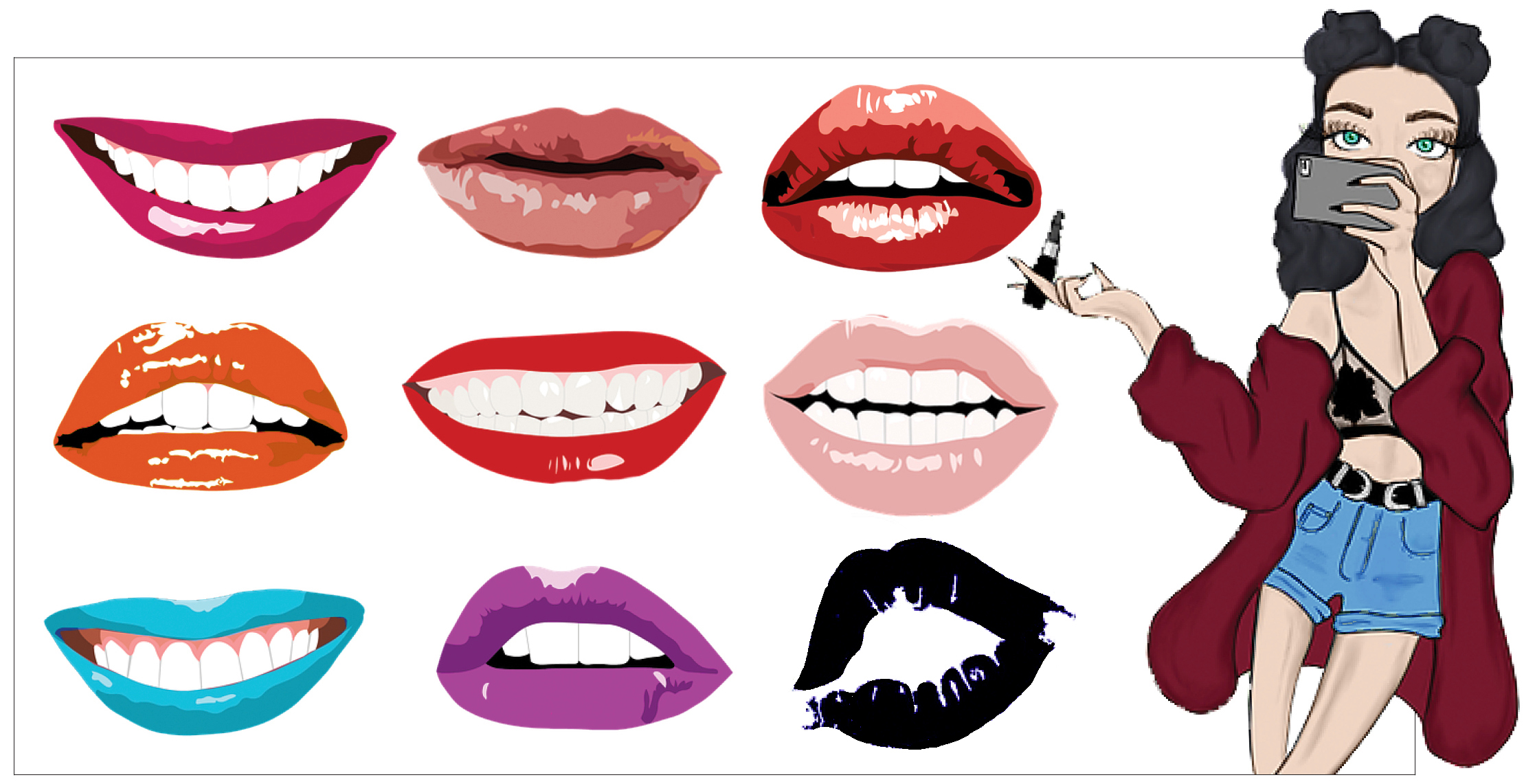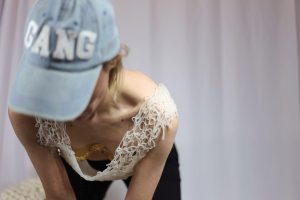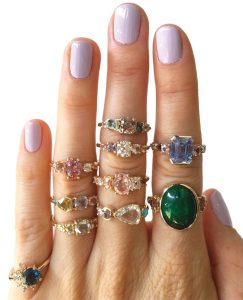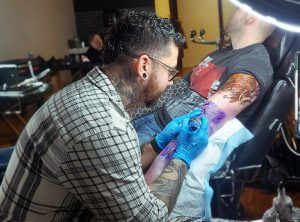In a constantly changing beauty market, this tube of makeup remains a consistent tool.
Lipstick has influenced women’s lives in many ways throughout history. Not only can it be a confidence booster, but it has impacted multiple feminist movements.
While lipstick might be thought of as a feminine cosmetic, it has roots in feminist rebellion.
It even traces back to medieval times when beauty-obsessed women defied the thought that makeup made them the incarnation of Satan and practiced in-depth beauty rituals.
This tube of makeup didn’t always come in stick form. Women (and men, in some instances) kept their lip color in small pots, mixed the colors to the perfect hue, then applied. The wealthier the woman (or man), the more pots of lip paint they had.
Some cultures even buried women with their lip color pots so they could be prepared and beautiful in the afterlife. No matter its packaging, lipstick has proven to be the most popular cosmetic since the day women put it on their lips in the Sumerian region of Ur about 5,000 years ago, according to Jessica Pallingston in her book “Lipstick.”
Since then, society views on lipstick have fluctuated.
Lipstick has gone from “classy women must wear lipstick at all times” in ancient Egypt to “lipstick is the art form of the devil” in medieval times to “lipstick is the mark of a prostitute” in ancient Greece and back again to it being a fashion must-have.
In the U.S., the history of lipstick also continues to be drastically fluctuating. The late 1800s revolved around all sorts of cosmetics being considered taboo and only used in theatre, but lipstick won the prize for being the most indecent, Pallingston writes. Beauty is on the inside was the theme of the century.
Still, women traded their recipes in secret, and some women, such as French actress Sarah Bernhardt, defied the societal rules and even scandalously applied lipstick in public.
In the 20th century, lipstick took on a much different label. Women used the bright red paint as a symbol of female liberation. Feminists such as Elizabeth Cady Stanton and Charlotte Perkins Gilman wore lipstick during the 1912 NYC Suffragette rally.
Let’s quickly take a moment to thank Maurice Levy for creating the first retractable lipstick in 1915.
Mainstream feminists in the ’20s were conservative, considering they were fighting for their rights. They disapproved of the flapper girls, even though they challenged preconceived gender roles of their days with their grooming, dress and behavior, writes Linda Scott in “Fresh Lipstick: Redressing Fashion and Feminism.”
During the Great Depression, lipstick became a tool to perfect oneself in an imperfect world. According to Pallingston, makeup was one of the few industries that came out of the Depression in an even better state than when it went into it.
When the war was going on in the ’40s, women used lipstick as a moral boost. They wore it as a public service (must be nice to have such a great excuse to buy lipstick — it was a service to the country and the duty of a female citizen.)
However, this purpose of lipstick was a slight backtrack in the feminist movement since its main purpose was to build morale of the troops. In 1946, according to Jean-Marie Martin-Hattemberg in “Lips of Luxury,” out of 50 million American women, 99 percent wore lipstick.
Feminists in the ’70s wanted women to stop wearing makeup, something that alienated many women from their cause.
By this time, women weren’t worried about wearing makeup or nervous about it, writes Martin-Hattemberg. So there was a battle about whether makeup made women the plaything of men or whether it empowered them with confidence in themselves.
The ’90s lipstick companies reformed their formulas to meet the changing demand from women. According to makeup historian Gabriela Hernández, women required long-lasting lipsticks.
“[Makeup companies] had a desire to meet the needs of women who were doing more than ever before,” Hernández says. “They had jobs, were independent and had less time to spend on beauty.” This time, feminism was impacting makeup and how it was made more than makeup was impacting feminism.
In the past 30 years, lipstick has changed so much in regards to packaging, marketing and formulation, in the opinion of makeup historian Hillary Belzer.
“In a nutshell, I think there’s simply more,” Belzer says. “More formulas, more brands and especially more colors. I don’t know if it’ll be a lasting trend, but nontraditional lip colors are easier to find than ever. Even 10 years ago, you’d be hard pressed to track down a blue lipstick sold by a mainstream line — you’d have to go to an indie retailer or specialty store.”
This helps empower women to express themselves through every color of the rainbow even through society has often frowned upon colors such as blue or purple on a woman’s lips.
The battle of makeup continues, but women do their best to power through this negativity and use their faces as a canvas for as much or as little makeup as they want.
A drawer, a bag, maybe even one of each. That’s how much space women can use to store their lipsticks. Each beloved one is different . . . different brands, different shades, different finishes.
Makeup routines can vary from 5 minutes to over an hour, depending on someone’s beauty style. With makeup tutorials popping up all over social media, it’s hard to find a set way to do makeup, let alone specific products that are so good you never want to find another brand.
Trial and error plays a huge role on every morning routine.
Whether someone contours with a full face of makeup or applies a layer of mascara and calls it finished, one thing doesn’t change — the lips. To boost confidence, to express oneself or even to rally for feminism, lipstick is a go-to for any make up user.












Be First to Comment